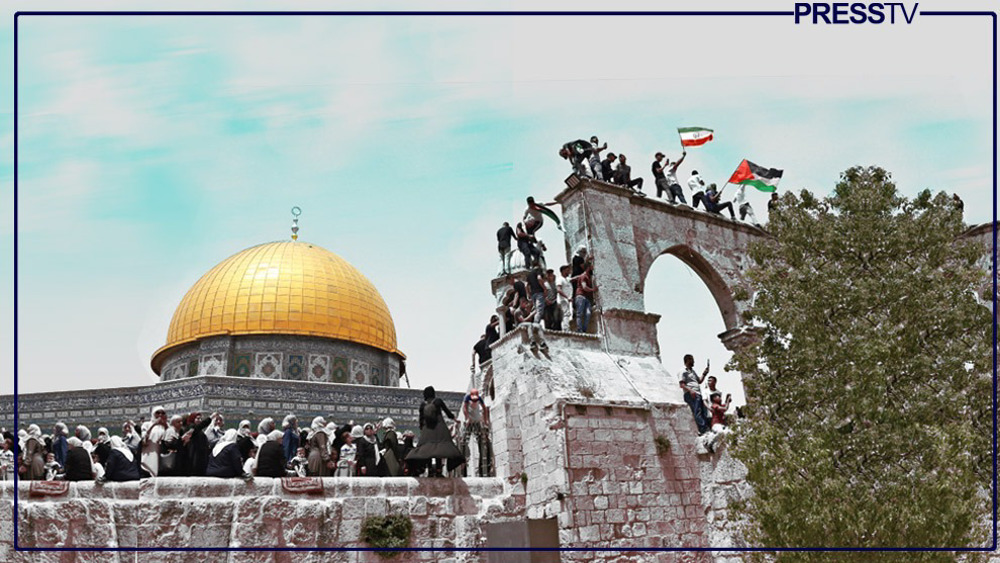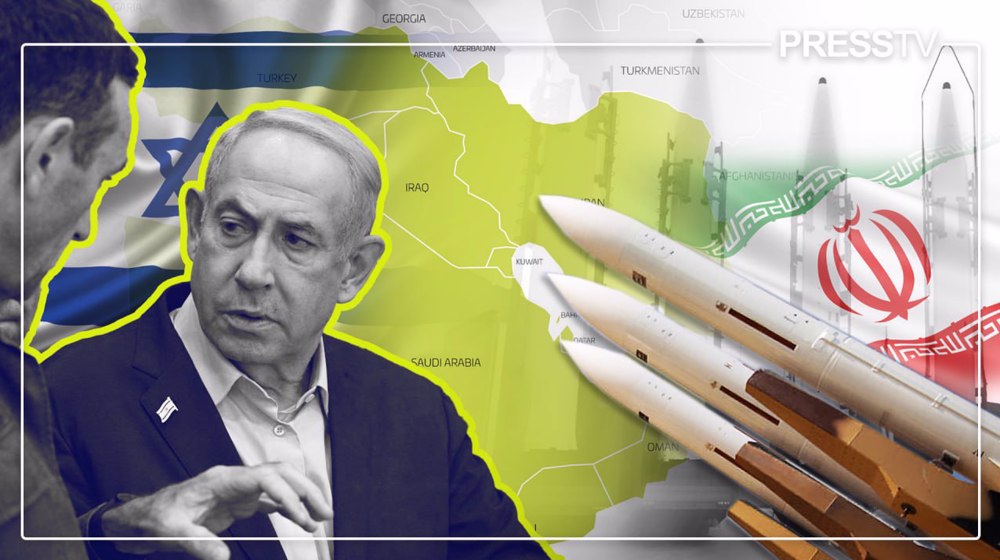Ceasefire violations, continued occupation: A testament to the Resistance’s success
By Julia M.K.
On Friday, the Zionist entity was forced to accept a humiliating ceasefire set by the Palestinian resistance in a major victory for the Palestine that marked a major setback for the Zionist entity. Not 12 hours after the ceasefire was called for, however, Zionist forces stormed al-Aqsa, resuming their assaults on Palestinians with rubber bullets, violently detaining a medical worker for the mosque compound Sunday. Last night, the Zionist forces announced plans to arrest 500 Palestinian activists in the West Bank that participated in the West Bank uprising as part of the “Battle of the Sword” uprising. Since May 9, around 1,500 have been arrested. Of one of their targets? A 10-year-old boy charged with “throwing rocks.”
As menacing as this latest round of collective punishment appears, it is little more than a pathetic attempt by the Entity at feigning dominance. The call for ceasefire came just 11 days of humiliating blows from Gaza, which amounted to at least 4,300 missiles fired into the Zionist entity, hitting key targets in Ashkelon, Ashdod, Tel Aviv, Nir Oz, and across southern regions of Occupied Palestine. Despite the widespread destruction the Zionist entity had inflicted upon Gaza, it, by its own admission, was unable to put an end to or stop the rocket barrages swarming in from Gaza. Even its state-of-the-art Iron Dome air defense system, which only intercepted a minuscule amount of rockets, despite the IOF (Israeli Occupying Force) false boasts of a 90% interception success rate.
Operation “Battle of the Sword,” led by the Palestinian resistance in coordination with the Lebanese and Iranian resistance, delivered the greatest force delivered to Israel since Summer 2014. Palestinian resistance factions were more unified and stronger than ever, and barely exhausted their old stockpiles before inflicting considerable damage on Israeli production facilities, gas production sites, and several military targets.
As was the case with every Zionist siege against Palestine or Lebanon, the enemy’s claims to victory are little more than a failed face-saving move that attempts to recognize their massive destruction to Gaza as a victory. Likewise, the high loss of civilian casualties on the Lebanese end had Israel rush to declare its victory.
Of course, “Israel’s” losses come at the helm of its lack of strategy and its failure to meet its objectives. The tipping point of the latest escalation was sparked by its last-ditch effort at mobilizing a complete takeover of the West Bank and Jerusalem al-Quds in Sheikh Jarrah and attacking worshipers at the al-Aqsa mosque. The brutality that was witnessed throughout April and early May was not out of the ordinary for the Zionist entity, which has predicated its occupation upon such attacks, but rather, the aim of enclosing Jerusalem was meant to enact by brute and unjustified force what the Deal of the Century failed to achieve.
The dual declarations of victory highlighted what constituted as a victory for either side; to “Israel”, destruction, and death, and to Palestine, the willingness to resist. With only 12 settler deaths to Gaza’s 253 casualties despite over 4,300 rocket launches from Gaza, “Israel” lost by its own standard.
The Zionist entity again failed to meet its objectives in 11 days. The terms of the ceasefire brokered between itself and Hamas, were set by Hamas and not “Israel.” The Zionist entity was to withdraw from Sheikh Jarrah and the al-Aqsa mosque. This only lasted about 12 hours before, predictably, Zionist forces stormed into the compounds, unable to cope with its incremental loss. The sounds and sights of rockets were enough to send settlers in and out of bomb shelters nonstop, a feat which Nakhaleh said represented the “lived miracle” achieved by Palestinian resistance.
The return of Hamas to the resistance front also represented a successful outcome of diplomatic negotiations facilitated by Iran and Hezbollah in 2018 and 2019. The ties that were severed between Syria and Hamas, the latter which had a presence in the former before 2012, and the 10-year campaign to drive a rift between Hamas and the Resistance Axis through sectarianism proved themselves to be upended in the matter of a week.
Last week, the restored relations between Syria and Hamas were crystallized with Bashar al Assad’s invitation to all Palestinian Resistance factions to work with Syria. Cementing the cracks caused by the US- and NATO-backed war in Syria, cordial letters of gratitude and support between all resisting Palestinian factions and Supreme Leader Ayatollah Ali Khamenei were also exchanged.
The unity between the West Bank and Gaza has also emboldened the acts of resistance and popular uprising across the 48 and 67 territories as well. The general strike and uprising on May 18 had seen the first general labor strike participated in by Palestinian workers since 1936. The armed uprising that had taken place on that day, unprecedented in the recent memory of the West Bank Fatah-controlled factions, saw Palestinian citizens in West Bank cities revolting against the heavily armed Zionist forces, challenging them in cities like Bethlehem, Nablus, al-Khalil (Hebron), Lod, Ramallah, and Jenin.
The success of the strength of unity, resistance, and deterrence demonstrated by Palestinians at every level exemplified the success of Palestinians against the Zionist entity, in this battle amongst a great war for liberation.
This week coincides with the Commemoration of the Liberation of south Lebanon from the Zionist occupiers, on May 25, where the resisting Arabs first discovered that “Israel,” with all its weapons, support, and technology, is weaker than a spider’s web. Today, Palestinians have showed them that it is hanging by a thread.
Julia M.K. is a Beirut-based analyst, writer, and political commentator. Along with regular appearances on PressTV, her work has also appeared in Al-Mayadeen, Al-Akhbar, Mirat al-Jazeera, Counterpunch, and elsewhere.
(The views expressed in this article do not necessarily reflect those of Press TV.)
Two Palestinians killed in West Bank amid drastic rise in settler attacks
SCO chief condemns Israel’s terrorist attack on Iran’s Syria consulate
VIDEO | Press TV's news headlines
April 15: ‘Axis of Resistance’ operations against Israeli occupation
Yale students threaten hunger strike over university connection to Gaza war
Iran to UN: Anti-Israeli retaliation could have been wider in scope
VIDEO | Punishment promise fulfilled
Iran to respond to any fresh Israeli mistake ‘within seconds’: Deputy FM










 This makes it easy to access the Press TV website
This makes it easy to access the Press TV website